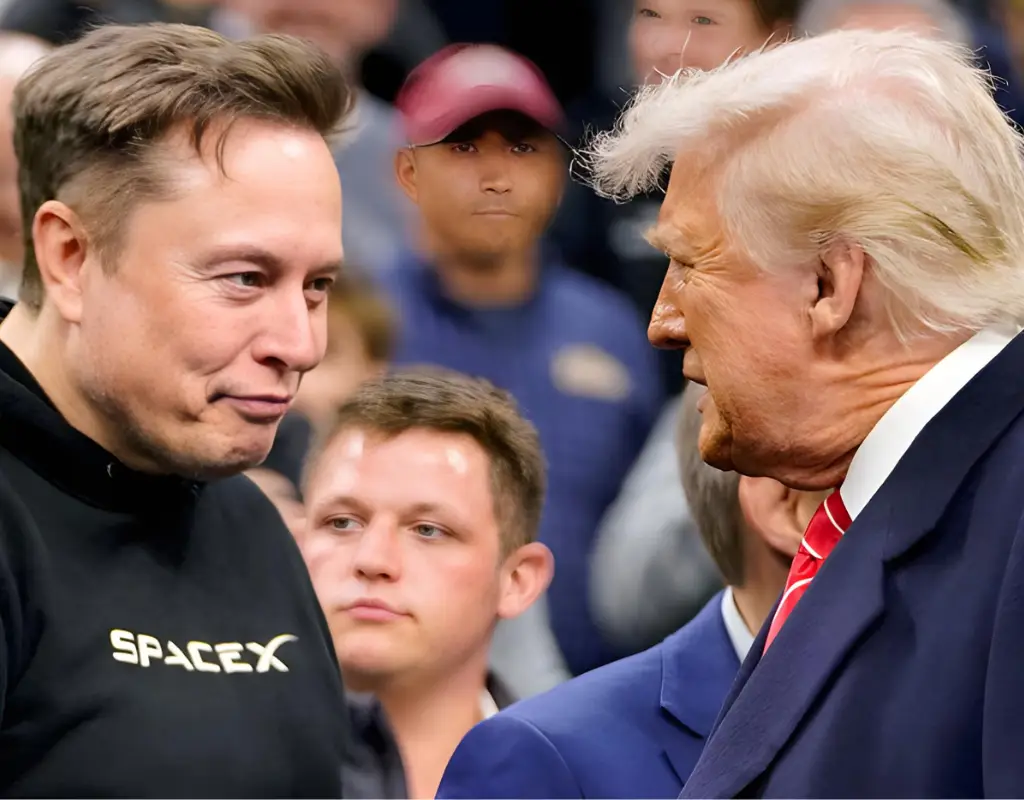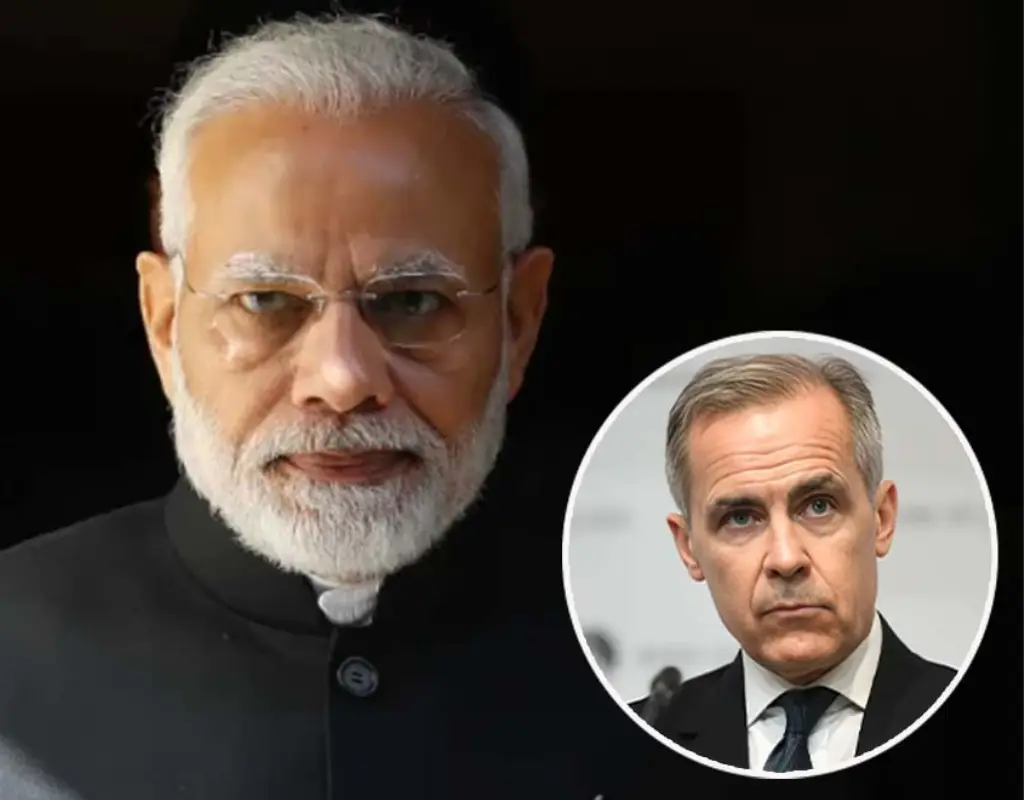Now Reading: India 2025: Propelling Growth Amidst Monsoon Challenges & Unwavering Resilience
-
01
India 2025: Propelling Growth Amidst Monsoon Challenges & Unwavering Resilience
India 2025: Propelling Growth Amidst Monsoon Challenges & Unwavering Resilience
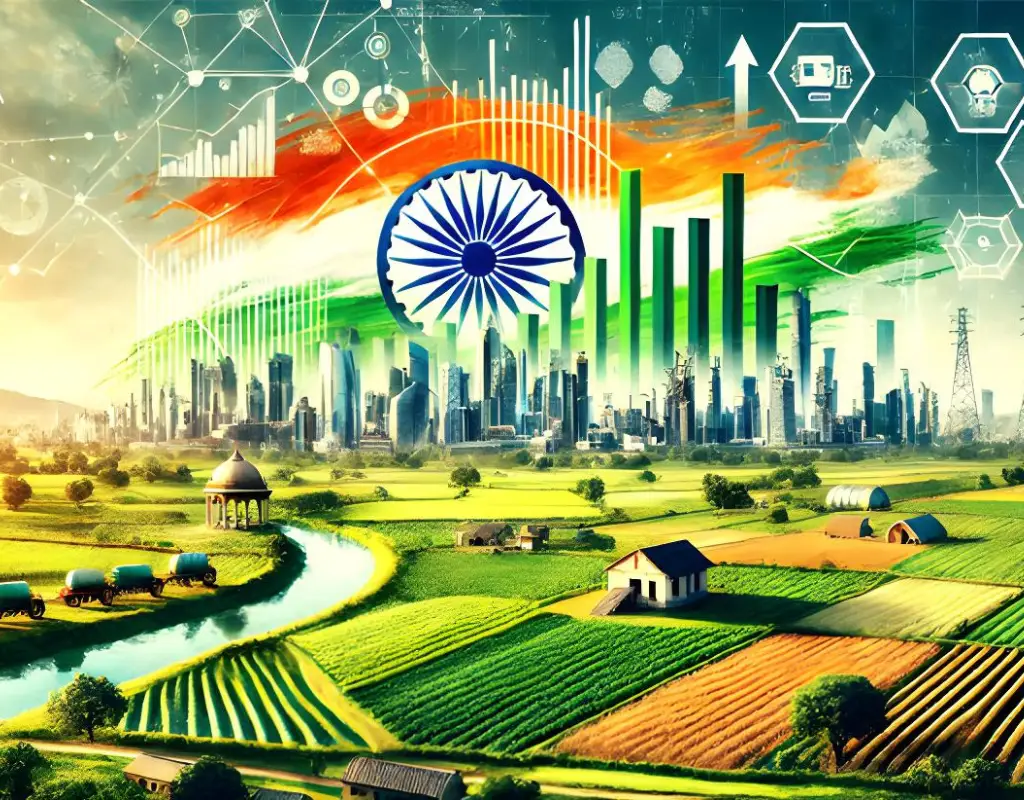
India stands at a pivotal juncture in mid-2025, charting a course through dynamic economic currents. A powerful surge in urban consumer confidence, fueled by easing inflationary pressures, paints a vibrant picture of domestic demand.
Simultaneously, unprecedented investments in the defense sector are not just fortifying national security but also spurring a new era of indigenous manufacturing and technological advancement.
Yet, the nation’s agrarian heartland, representing a significant portion of its population and economy, holds its breath as an early but subsequently pausing monsoon casts a shadow of uncertainty over rural livelihoods.
These three interconnected forces—urban optimism, strategic industrial growth, and the unpredictable dance of the monsoon—are not merely data points; they are shaping the very fabric of India’s near-term political, economic, and social narrative, demanding astute policy responses and collective resilience.
Urban Consumer Confidence Strengthens as Inflation Cools: A Foundation for Growth
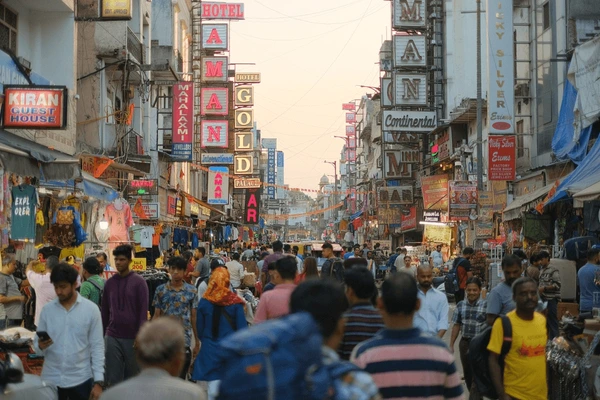
The heartbeat of India’s economy often resonates loudest in its bustling urban centers. The Reserve Bank of India’s (RBI) recent Urban Consumer Confidence Survey (UCCS) for May 2025, a comprehensive barometer of sentiment across 19 major cities involving 6,090 households, offers a nuanced yet largely optimistic outlook.
While the Current Sentiment Index (CCI) registered a marginal dip from 95.5 in March to 95.4 in May – indicating a continued cautious stance on present conditions – the Future Expectations Index (FEI) showed a notable rise to 123.4 from 122.4.
This upward trajectory in future expectations suggests a robust belief among urban Indians in a brighter economic horizon.
The core of this renewed confidence lies in the tangible easing of household inflation expectations. For the second consecutive survey, consumers reported feeling less pressure from rising prices, with projections pointing towards further moderation in the coming year.
This shift is critical. For months, inflationary headwinds had clipped discretionary spending, forcing households to prioritize essentials.
Now, with the specter of runaway prices seemingly receding, consumers foresee improved income levels and a greater capacity for non-essential spending, particularly in the vibrant retail, automotive, and burgeoning services sectors.
Why This Matters Profoundly:
- Monetary Policy Flexibility: Declining inflation expectations provide crucial headroom for the Reserve Bank of India. It empowers the central bank to maintain its current interest rate stance or even consider cautious adjustments without the immediate fear of reigniting price pressures. This stability is vital for encouraging investment and borrowing.
- Revitalization of Domestic Demand: As consumers loosen their purse strings, the ripple effect across the economy is profound. Increased spending on everything from electronics to travel services directly boosts corporate revenues, encourages capacity expansion, and supports job creation in urban areas. This internal demand acts as a crucial buffer against global economic volatilities.
- Investment Climate: A confident consumer base signals stability to investors, both domestic and foreign. It suggests a market ready to absorb goods and services, making India an attractive destination for new ventures and expansions.
In essence, urban India is navigating a delicate but promising phase. It’s a landscape where caution coexists with burgeoning confidence, driven by the palpable relief from inflation and a collective aspiration for future prosperity.
This segment of the economy, once constrained, is now poised to drive significant growth, provided external shocks remain contained and the domestic policy environment stays supportive.
Record Defense Investments: Forging Self-Reliance and Industrial Momentum
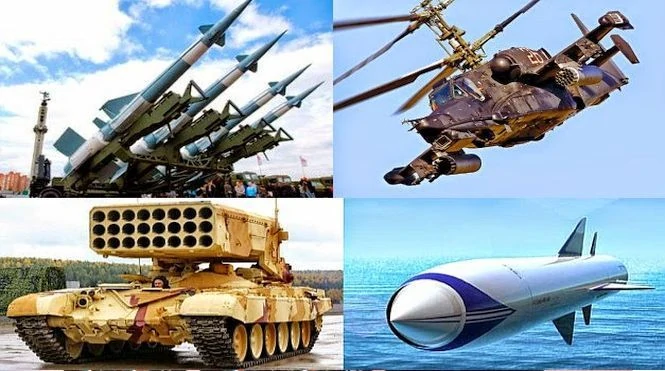
Beyond consumer sentiment, another powerful engine of growth is roaring to life: India’s defense sector. Early June 2025 saw a flurry of strategic approvals, including a massive emergency defense procurement package valued at approximately ₹1.05 lakh crore (over USD 12.5 billion) through indigenous sourcing. This included advanced systems like Armoured Recovery Vehicles, Electronic Warfare Systems, Surface-to-Air Missiles, and cutting-edge naval assets like Mine Counter Measure Vessels and Submersible Autonomous Vessels. This was swiftly followed by a separate, significant agreement for naval aircraft acquisition, underscoring a rapid and resolute push towards military modernization and self-reliance.
This aggressive modernization drive is inextricably linked to the national “Make in India” initiative, a cornerstone policy aimed at transforming India from one of the world’s largest defense importers into a self-sufficient manufacturing hub, and ultimately, a significant global exporter. The government’s commitment is evident in the earmarking of 75% of the FY 2025-26 modernization budget (around ₹1.11 lakh crore) for domestic procurement.
Deep Dive into Market and Economic Impact:
- Defense Equity Boom: The direct market impact has been electrifying. Defense equities surged significantly through April and May, with established public sector undertakings (PSUs) like Hindustan Aeronautics Limited (HAL) and Bharat Electronics Limited (BEL), alongside a growing ecosystem of private sector firms and specialized microcaps, reporting remarkable gains. These companies are now benefiting from a clear order pipeline and enhanced policy support.
- Export Growth Trajectory: India’s defense exports have seen an exponential rise, growing over 30 times in the last decade to reach a record ₹21,083 crore in FY 2023-24 (with FY 2024-25 figures expected to be even higher, nearing ₹24,000 crore).
- With exports to over 100 countries, including major partners like the USA and France, India is steadily carving its niche in the global defense market. The government’s ambitious target of ₹50,000 crore in defense exports by 2029 highlights the long-term vision.
- Technological Leapfrogging: The focus isn’t just on manufacturing existing systems but on developing next-generation technologies. Initiatives like iDEX (Innovations for Defence Excellence) and ADITI (Acing Development of Innovative Technologies with iDEX) are fostering a vibrant startup ecosystem, focusing on AI, cyber warfare, drone technology, and advanced materials.
- The approval of the Advanced Medium Combat Aircraft (AMCA) Programme Execution Model in May 2025 is a testament to India’s ambition to develop fifth-generation fighter aircraft indigenously, involving hundreds of private players and generating thousands of high-tech jobs.
-
Infrastructure and Employment: The establishment of dedicated Defence Industrial Corridors in Uttar Pradesh and Tamil Nadu has attracted substantial investments (over ₹8,658 crore as of February 2025), creating specialized manufacturing ecosystems and generating skilled employment opportunities across a wide spectrum, from engineering to advanced manufacturing.
However, this transformative journey is not without its hurdles. Challenges such as bridging specific skilled labor shortages in cutting-edge defense technologies, navigating complex bureaucratic procedures for timely project execution, and ensuring seamless technology transfer from international partners remain critical areas requiring continuous focus.
Despite these, the burgeoning investment in defense is more than a security imperative; it’s rapidly becoming a fundamental pillar of India’s industrial resurgence and technological self-reliance, driving economic diversification and contributing significantly to GDP.
The Monsoon’s Crucial Dance: Early Onset, Unexpected Pause, and Rural Red Flags
While urban centers and defense industries show signs of accelerated growth, India’s rural heartland remains inextricably linked to the vagaries of nature, particularly the monsoon.
The year 2025 brought a rare early onset of the southwest monsoon on May 24, initially heralding optimism for the agricultural sector. Farmers across the nation prepared for timely sowing, looking forward to a bountiful Kharif (summer crop) season.
However, this initial cheer was tempered by an unexpected and concerning pause in rainfall around early to mid-June.
This lull, which has extended across key agricultural states, has severely disrupted sowing activities for critical crops like paddy, pulses, and oilseeds.
Satellite imagery and ground reports confirm that vast tracts of land, initially prepared, are now awaiting sufficient moisture for planting. Weather forecasts indicate a potential revival of monsoon rains around mid-June, but until sustained downpours arrive, an uneasy uncertainty looms large over rural livelihoods and overall crop productivity.
The Profound Stakes of Monsoon Performance:
- Agricultural Lifeline: Over 55% of India’s net sown area is rain-dependent, and the monsoon accounts for nearly 70% of the country’s annual rainfall.
- A prolonged delay can drastically affect crop sowing, necessitate increased (and often costly) irrigation, and ultimately lead to reduced yields. Major Kharif crops like rice, maize, soybeans, and cotton are particularly vulnerable.
- Rural Economic Stability: Agriculture directly supports over 40% of India’s population. Rural income, largely derived from farming, plays a colossal role in sustaining domestic demand, particularly for consumer goods, two-wheelers, and financial services.
- A poor monsoon directly translates to diminished rural purchasing power, creating a significant drag on overall economic growth and potentially exacerbating rural-urban economic disparities.
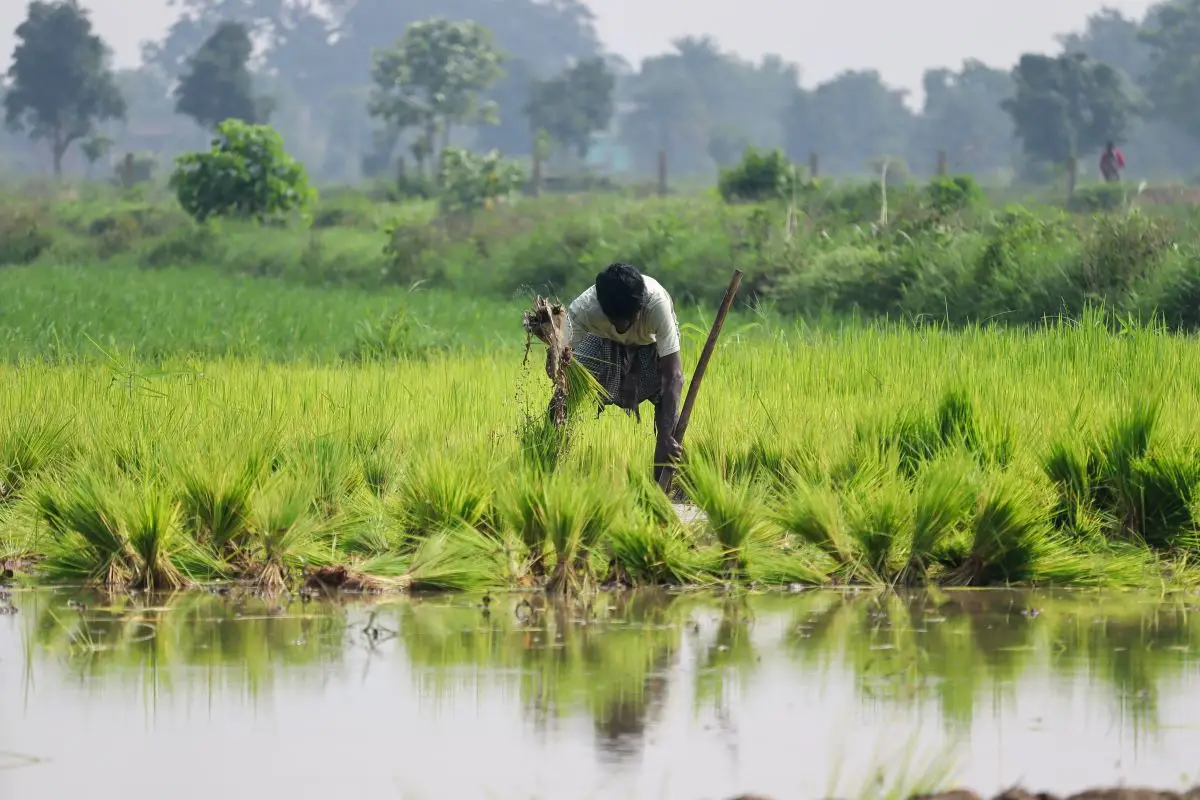
Monsoon
- Inflationary Pressures: Food constitutes nearly 50% of India’s Consumer Price Index (CPI), making food prices a dominant factor in headline inflation. A deficit in food production due to a weak monsoon almost invariably leads to spikes in food prices, disproportionately affecting low-income households.
- This, in turn, could force the RBI to reassess its monetary policy stance, potentially delaying interest rate cuts aimed at stimulating broader economic activity. Historically, even a slight deviation in monsoon performance can trigger a domino effect across supply chains, impacting everything from vegetable prices to grain availability.
- Water Security and Energy: Beyond crops, monsoon rains replenish vital reservoirs, which are crucial for drinking water, industrial use, and hydropower generation. A weak monsoon can lead to water stress, affecting urban centers and industrial output, and potentially increasing reliance on thermal power, impacting environmental goals.
Voices from the Ground echo these concerns. Kishore Yadav, a farmer from Maharashtra, states with palpable anxiety, “Our jowar fields need rain by mid-June, or the whole season is lost.
The seedlings are vulnerable; even a few dry days can hurt our crops, and the costs keep mounting.” His sentiment is shared by millions of farmers across India, whose livelihoods hang precariously on the whims of the clouds.
Interpreting the Interplay: A Macro Perspective
India’s 2025 economic narrative is not a collection of isolated events but a complex tapestry woven from these threads. The cautious optimism in urban centers, the strategic push for defense self-reliance, and the agricultural anxieties triggered by monsoon variability are constantly interacting, shaping policy choices and market dynamics.
The interplay is crucial. Robust urban demand could partially offset a slowdown in rural spending if the monsoon proves deficient.
However, persistent food inflation, triggered by poor harvests, would erode urban consumer confidence, putting pressure on household budgets and the RBI’s inflation targets.
Conversely, a strong agricultural recovery fueled by a robust monsoon would provide a widespread boost to rural demand, creating a powerful multiplier effect across the entire economy, from basic consumer goods to financial services in rural areas.
Government initiatives like the “Make in India” defense drive also have broader economic implications, fostering a skilled workforce that could eventually diversify into other high-tech manufacturing sectors, reducing reliance on traditional industries.
The ongoing efforts to improve infrastructure (roads, digital connectivity, logistics) also play a vital role in connecting rural markets to urban demand, mitigating some of the traditional dependencies on the monsoon.
Voices from the Ground: The Human Face of Economic Shifts
Beyond the statistics and policy frameworks, it’s the voices of ordinary citizens that truly bring these trends to life.
“Footfall in mid-income retail outlets is definitely up,” observes Neha Sharma, a marketing expert based in Mumbai. “Consumers are still cautious, mindful of global uncertainties, but there’s a tangible willingness to spend again, especially on experiences and durable goods they might have postponed.”
Her insights from the retail floor confirm the cautious optimism picked up by the RBI survey.
From the defense sector, Rajiv Mehta, a seasoned defense analyst, emphasizes the strategic shift: “Emergency defense purchases aren’t just about immediate needs; they’re transforming India from a passive importer to a dynamic global player in military technology.
But we must address execution timelines and ensure a steady pipeline of skilled talent to truly capitalize on this ambition.” His words underscore the long-term vision alongside the present-day challenges.
These testimonials aren’t mere anecdotes; they are vital reflections of how macro-economic forces translate into tangible realities for millions of Indians.
They bridge the gap between policy discussions in Delhi and daily life in villages and cities, adding a crucial human dimension to the data.
Final Observations and The Path Forward
India’s mid-2025 economic trajectory is undeniably complex, a blend of opportunity and vulnerability.
- Urban demand is making a cautious but discernible comeback, bolstered by stabilizing inflation and improved employment perceptions. This provides a strong domestic consumption base that forms a critical pillar of India’s growth story.
- Defense investments are not merely about national security but are actively redefining India’s industrial growth, aligning strategic autonomy with technological advancement and creating significant manufacturing opportunities and high-skill jobs.
- The unpredictable monsoon remains the single most crucial variable, holding the potential to significantly affect food prices, impact inflation targets, and shape the pace of rural economic recovery. Its spatial and temporal distribution over the coming weeks will be keenly watched.
India’s near-term trajectory hinges on how these interconnected trends evolve and, critically, how effectively policymakers respond.
A balanced approach in monetary and fiscal policymaking, timely and well-distributed rainfall, and sustained industrial momentum, particularly in high-tech manufacturing, will be paramount to sustaining the nation’s impressive growth story. India has consistently demonstrated remarkable resilience in the face of both domestic and global challenges.
As it finds itself at this turning point in 2025, the convergence of urban dynamism, strategic industrial deepening, and the enduring agricultural backbone will define its path to becoming a global economic powerhouse.
At ParsoTak, our mission is to bring you timely, deeply researched, and meaningful stories that connect headlines to households.
This isn’t just about markets or rainfall; it’s about the choices we all make in response to these forces. As India navigates this intricate landscape, staying informed isn’t just smart—it’s necessary for every citizen, consumer, and participant in this unfolding narrative.
Keep reading ParsoTak for stories that make sense of the storm and spotlight the immense opportunities that emerge from change.
Also read: You’re Already A Time Traveler! Mind-Blowing Ways Physics Proves Time Travel In 2025. – ParsoTak.in


